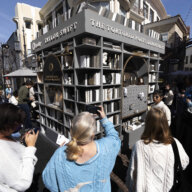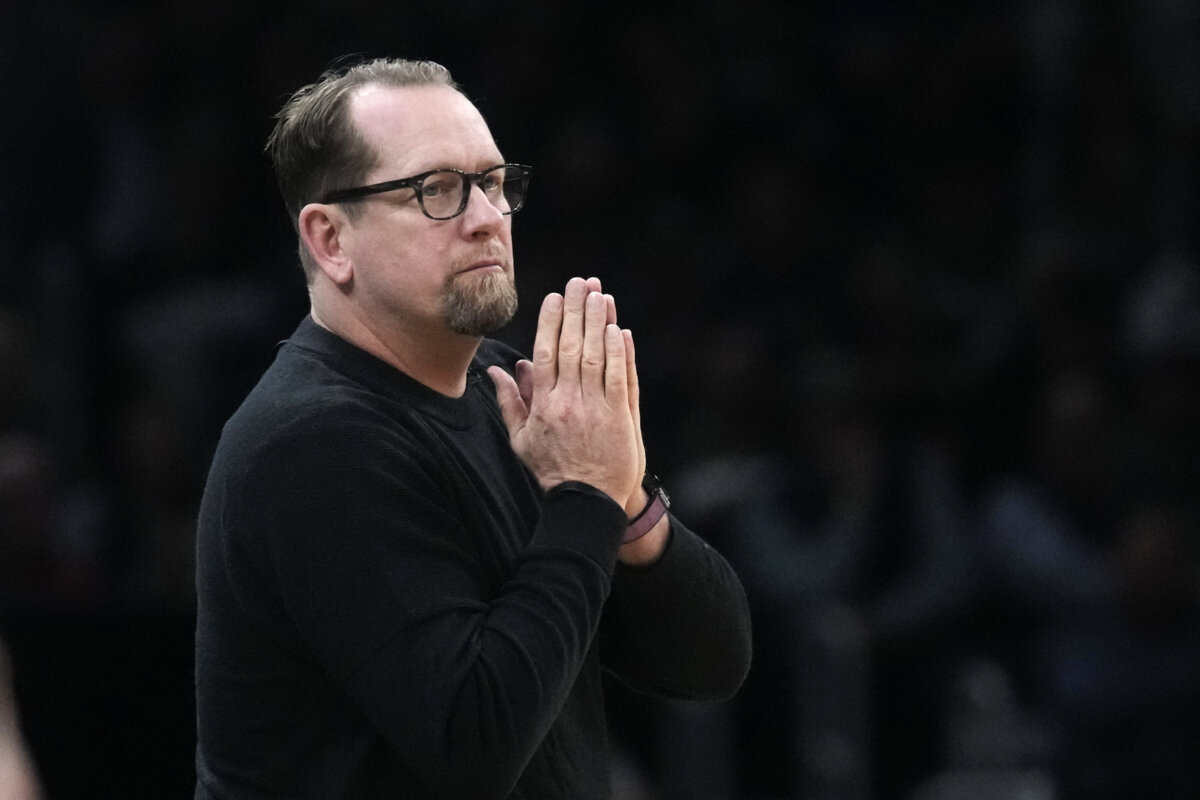When SEPTA unveils its proposed $303 million capital budget later this month for the year starting July 1, it will not include any upgrades for the authority’s aging bridges or substations, which some critics question.
Many of SEPTA’s bridges date back to the late 19th or early 20th centuries, but officials say they will be forced to defer much-needed repairs due to state funding reductions in recent years and costs for federal mandates.
“When you do positive train control, the [new payment technology] project paid for by debt service, take care of some ADA improvements, continue to fund our vehicle overhaul program, buy some buses … there’s no money left for a bridge or a substation,” SEPTA Chief Financial Officer Richard Burnfield said.
SEPTA will spend $30 million, or roughly 10 percent of its capital funds for next year, on positive train-control, the system required by Congress on all commuter rails after a 2008 accident in California killed 25 people, Burnfield said. He also noted that SEPTA’s capital budget is much less than transit systems in Boston and Washington, D.C.
While everyone agrees SEPTA could use additional funds, some say the agency’s spending priorities do not reflect its talk.
“This is classic SEPTA bait-and-switch. They ask Harrisburg for money to fix bridges and power stations, and then use it for something else,” said John Scott, of the Pennsylvania Transit Expansion Coalition (P-TEC), a network of transit advocates.
Scott pointed to the $31.5 million renovation of Wayne Junction Station, which includes a federal grant, to improve lighting, signage, platforms and accessibility.
Others, like state Sen. Mike Stack, of Philadelphia, defend the agency’s decision-making.
“SEPTA and PennDOT have tried to stretch every dollar, but the fact is they do not have enough dollars to fix all of their aging infrastructure,” Stack said. “There are just so many efficiencies and innovative ways to stretch a dollar before you just need more dollars.”
Promises without timetables
While acknowledging that additional funding for highways, bridges and mass transit is vital, Gov. Tom Corbett has yet to give a timetable for addressing the issue.
In his budget address last month, Corbett stated, “Transportation must be confronted as its own distinct and separate topic.”
Sen. Mike Stack, of Philadelphia, said he worries that the governor’s timing may be too late.
“We are waiting for the governor to show leadership, to unveil a plan that can help us move the issue forward. Unfortunately, he continues to remain silent,” Stack said.
He added: “He may only act after he hears the rescue sirens responding to a bridge collapse.”
On schedule
SEPTA’s capital program for the year starting July 1includes the following:
$69 million, bus purchase program: Part of the agency’s purchase of 245 new buses, which started last year
$53.6 million, vehicle overhaul program: Scheduled maintenance to help vehicles reach their full service life
$52.5 million, debt service: SEPTA issued bonds in 2011 to help pay for 120 Silverliner V rail cars and the Wayne Junction Station renovation.
$10 million, new payment technology: The first installment of the loan repayment must be completed in 2019.
Delayed
SEPTA’s capital projects that are again being deferred:
$36.1 million, Jenkintown Traction Power Substation: The substation needs costly replacement parts. It affects three SEPTA rail lines and 11.1 million riders annually.
$9.5 million, Norristown High Speed Line Bridge: The structure built in 1906 has severe corrosion. It affects the Norristown High Speed Line and 8,530 trips per day.
$100 million, City Hall and 15th Street stations: Among SEPTA’s busiest stations, they require major renovation to platforms, stairs and concrete.






























